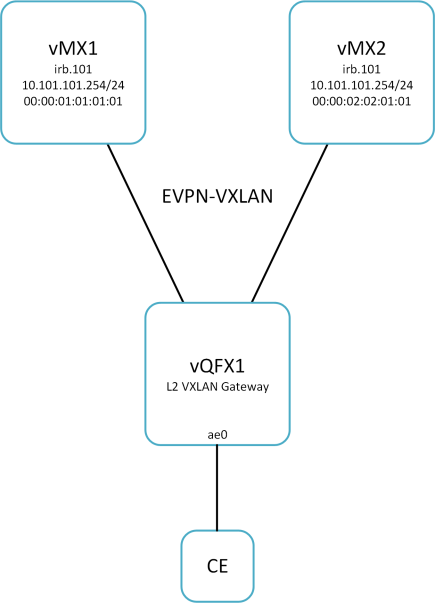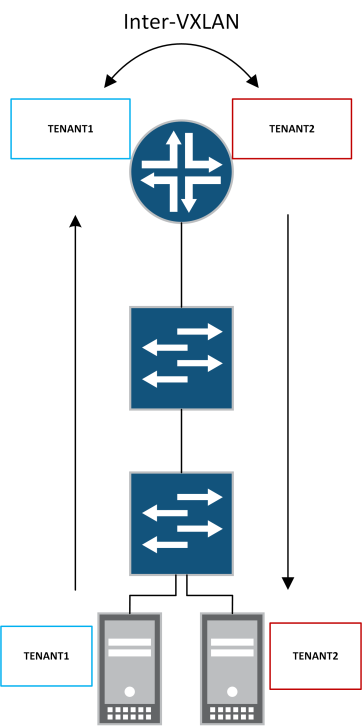I often get asked about EVPN Layer 3 gateway options. And more specifically, what are the differences between IRB with Virtual Gateway Address (VGA) and IRB without VGA. There are many different options and configuration knobs available when configuring EVPN L3 gateway. But I’ve focused on the 3 most popular options that I see with my customers in EVPN-VXLAN environments in a centralised model.
Each IRB option can be considered an Anycast gateway solution seeing as duplicate IPs are used across all IRB gateways. However, there are some subtle, yet significant, differences between each option.
Regardless of the transport technology used, whether it be MPLS or VXLAN, a layer 3 gateway is required to route beyond a given segment. I’m only covering the initial configuration required to get up and running. There are many different configuration knobs that are well explained in the following (thanks Luciano):
Comparing Layer 3 Gateway & Virtual Machine Traffic Optimization (VMTO) For EVPN/VXLAN And EVPN/MPLS
EVPN VXLAN Configuration Knobs and Caveats
This Week: Data Center Deployment with EVPN/VXLAN by Deepti Chandra provides in-depth analysis and examples of EVPN-VXLAN. I highly recommend reading this book!
IRB Option 1
Duplicate IP | Unique MAC | No VGA


